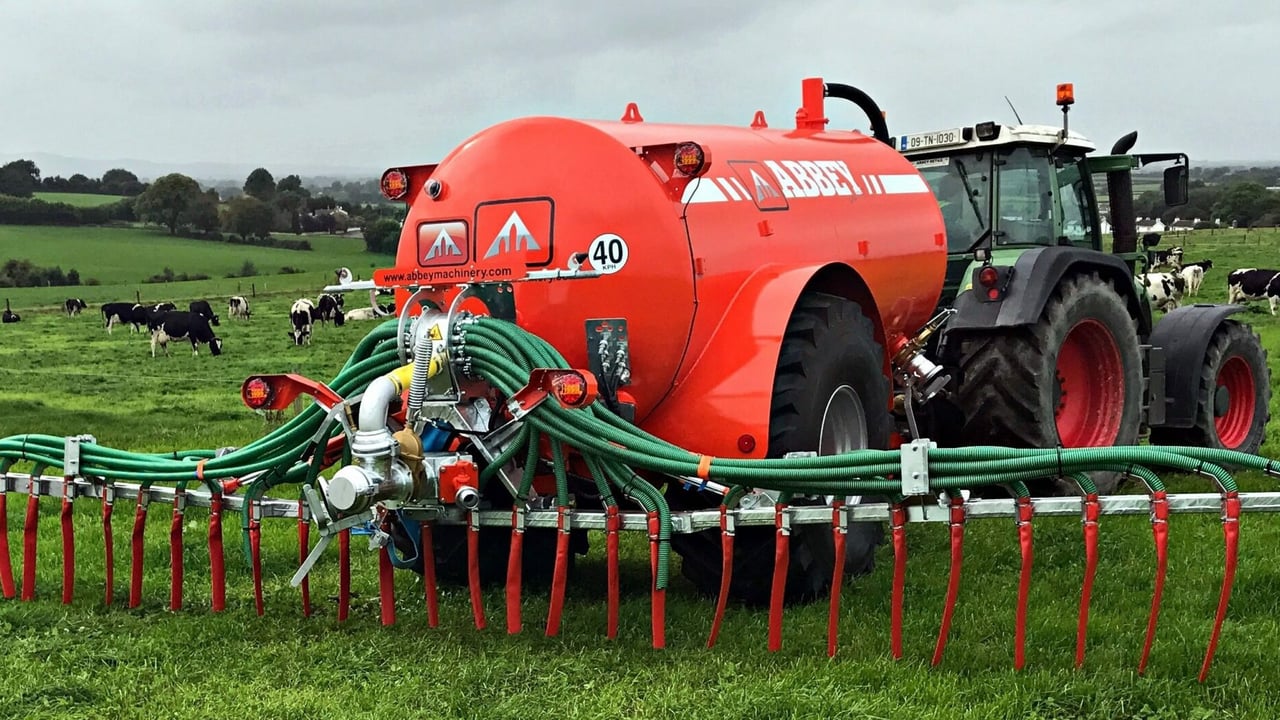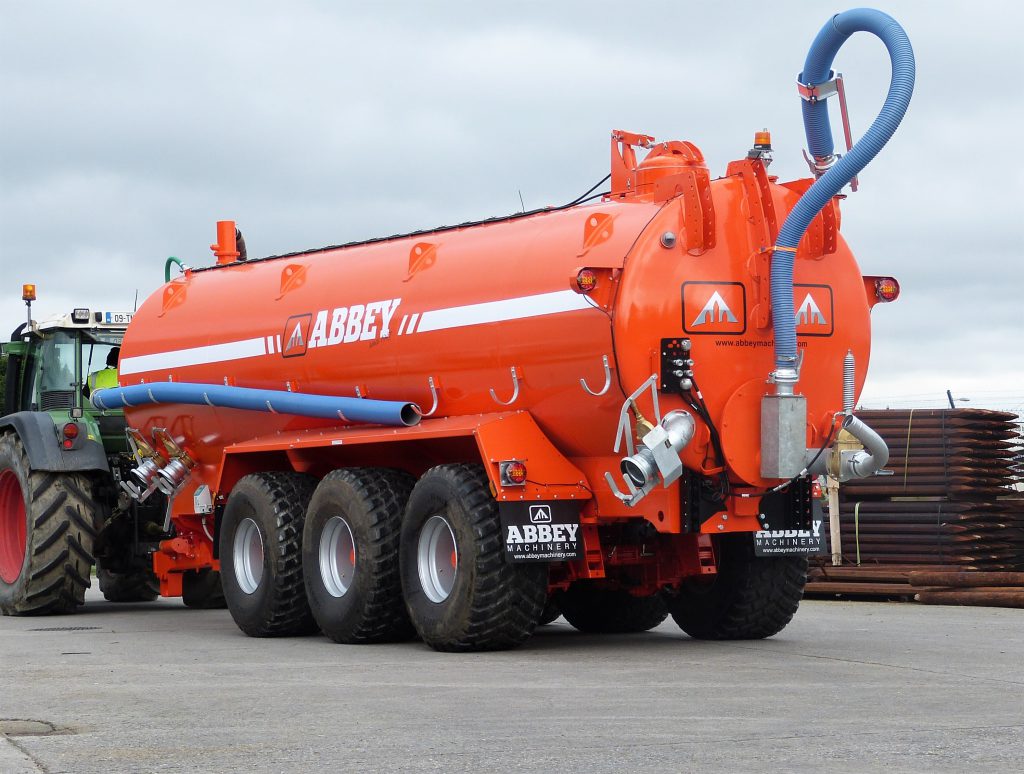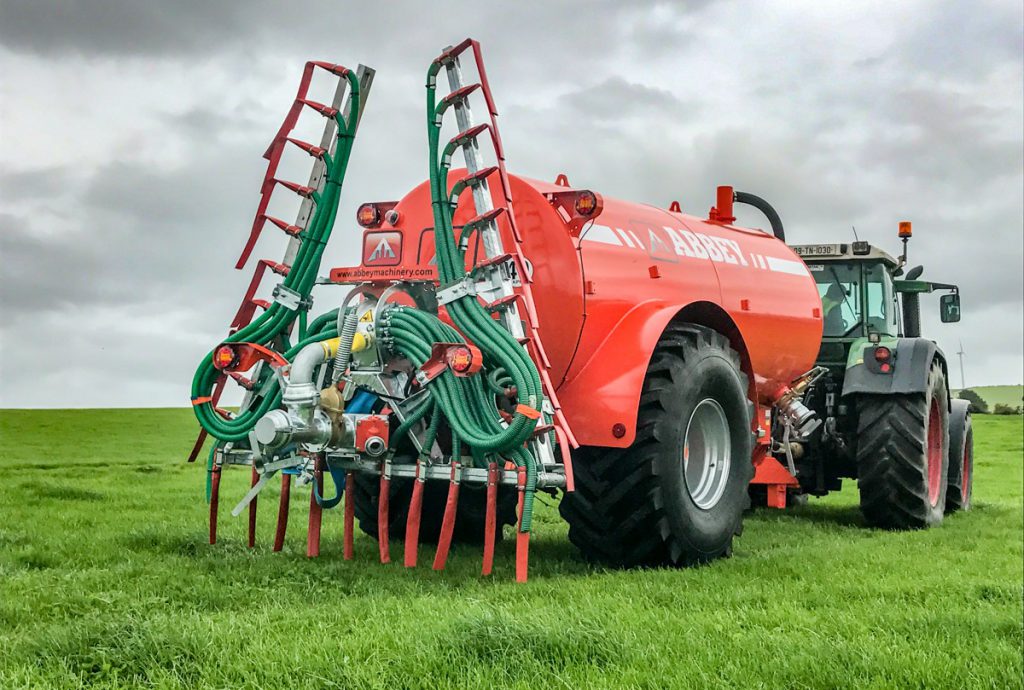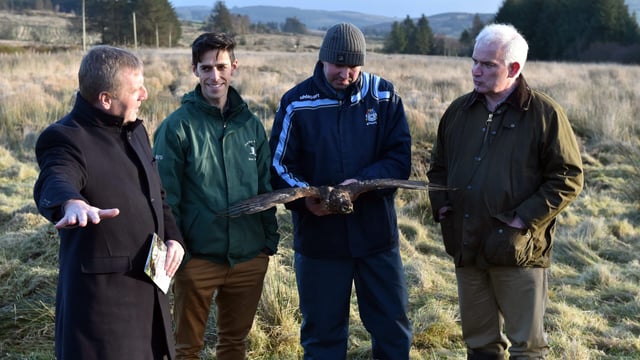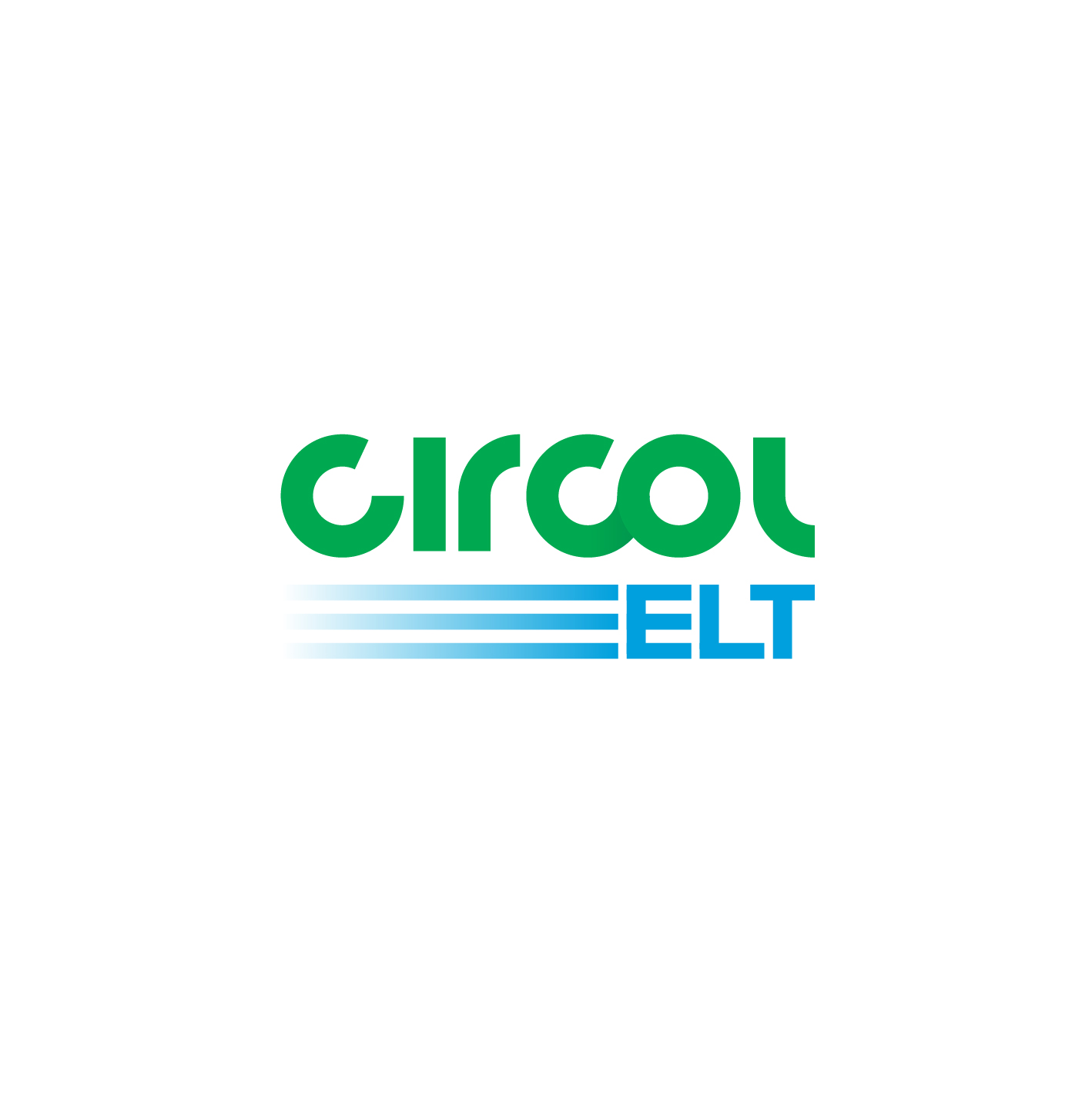Abbey Machinery writes the 'book' on slurry management
Abbey Machinery of Nenagh (Co. Tipperary) has long held the view that slurry should be treated as a resource rather than a waste product to simply be gotten rid of in the most expedient manner.
To this end, the company produces a slurry management guide. It breaks down the process of slurry management/disposal into six key stages.
We list the relevant headings below. For all of the gory detail, you’ll have to read the guide itself.
1: Storage and preparation
As animals only utilise 15-20% of what they eat, the surplus nutrients can easily go to waste if slurry is not handled efficiently.
2: Transportation
On this topic, Abbey points out that it has a line-up of 38 different tankers – from 900 to 6,000 gallons; these include models that are designated ‘Standard’, ‘Recess’, ‘Tandem’ and ‘Tridem’.
3: Application
In order to accurately apply slurry, the company offers several application methods, including: inverted splash-plates; vertical trailing shoes; ‘Tri-App’; disc injectors; and band spreaders in various sizes.
4: Environmental considerations
Aerial (splash-plate) application of slurry reduces the nitrogen available to the crop and increases the ammonia released to the atmosphere.
Abbey claims that its applicators significantly improve nitrogen utilisation by placing the slurry “where it works best”.
5: Soil compaction
Every effort needs to be made to minimise soil compaction, or so says the manufacturer. This is especially the case when soil tends to be wetter.
6: Nutrient management
To assist with this, Abbey offers flow-control technology – to “accurately apply precise rates of slurry, based on forward speed”.

